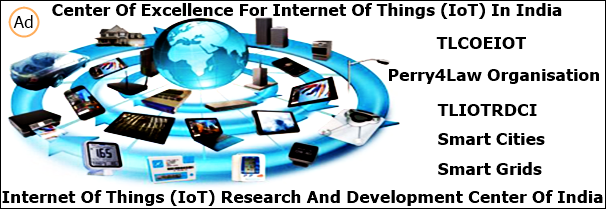Mobiles are believed to
play a major role in the successful implementation of the Digital
India project of Indian government. From mobile commerce
to mobile banking, the Indian government is betting big upon mobiles
and their use for public delivery of services through electronic
means. Of course, this big scale use of mobiles will also give rise
to cyber
law and cyber
security issues that Indian government must be well
prepared to deal with in future.
Mobile phones have become
ubiquitous these days. They are used for multiple purposes ranging
from personal use to mobile banking. Cyber criminals have also
realised the importance of mobile phones for committing cyber crimes
and financial frauds. This is also the reason why malware writers are
also writing mobile phone specific malware to steal confidential and
sensitive information.
Mobile cyber security in India has become a cause of concern these days. Mobile phones are now proposed to be used for mobile banking and mobile governance in India. Naturally, we must ensure robust mobile cyber security in India. An electronic authentication policy of India can help in more active and secure mobile usages in India. Mobile governance and e-authentication in India are also closely related and with the proposed electronic delivery of services in India this is also a must have requirement.
For the time being we have no implementable electronic delivery of services policy of India though it may be in pipeline. Indian government is working in the direction of ensuring electronic delivery of services in India. In fact a legal framework titled electronic delivery of services bill 2011 (EDS Bill 2011) was also proposed by Indian government in the past. The same has still to become an applicable law in India. Once the EDS Bill 2011 becomes an applicable law, governments across the India would provide electronic services through various modes, including mobile phones. This requires putting a robust and reliable mobile security infrastructure in India.
Mobile cyber security in India has become a cause of concern these days. Mobile phones are now proposed to be used for mobile banking and mobile governance in India. Naturally, we must ensure robust mobile cyber security in India. An electronic authentication policy of India can help in more active and secure mobile usages in India. Mobile governance and e-authentication in India are also closely related and with the proposed electronic delivery of services in India this is also a must have requirement.
For the time being we have no implementable electronic delivery of services policy of India though it may be in pipeline. Indian government is working in the direction of ensuring electronic delivery of services in India. In fact a legal framework titled electronic delivery of services bill 2011 (EDS Bill 2011) was also proposed by Indian government in the past. The same has still to become an applicable law in India. Once the EDS Bill 2011 becomes an applicable law, governments across the India would provide electronic services through various modes, including mobile phones. This requires putting a robust and reliable mobile security infrastructure in India.
However, using of mobile phones for commercial and personal transactions in India is also risky. For instance, the mobile banking in India is risky as the present banking and other technology related legal frameworks are not conducive for mobile banking in India. Similarly, we do not have a well developed e-governance infrastructure in India. As a result India is still not ready for m-governance.
We at Perry4Law Organisation (P4LO) believe that the biggest hurdles before the mobile related uses in India pertain to use of weak encryption standards and non use of mobile cyber security mechanisms in India. Absence of encryption laws in India has further made the mobile security very weak in India. The ever evolving mobile malware are further increasing the woes of mobile users’ world wide. As on date the malware are defeating cyber security products and services with ease.








